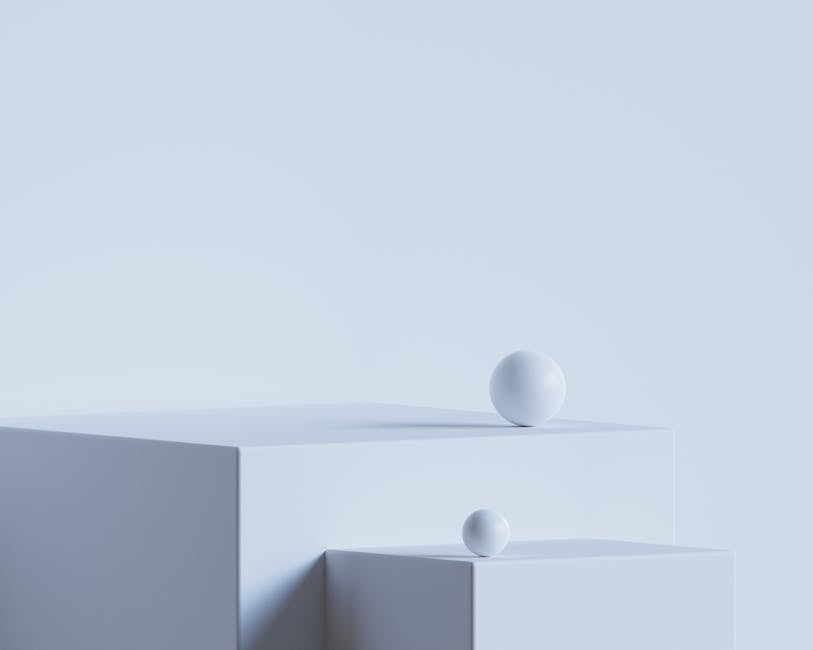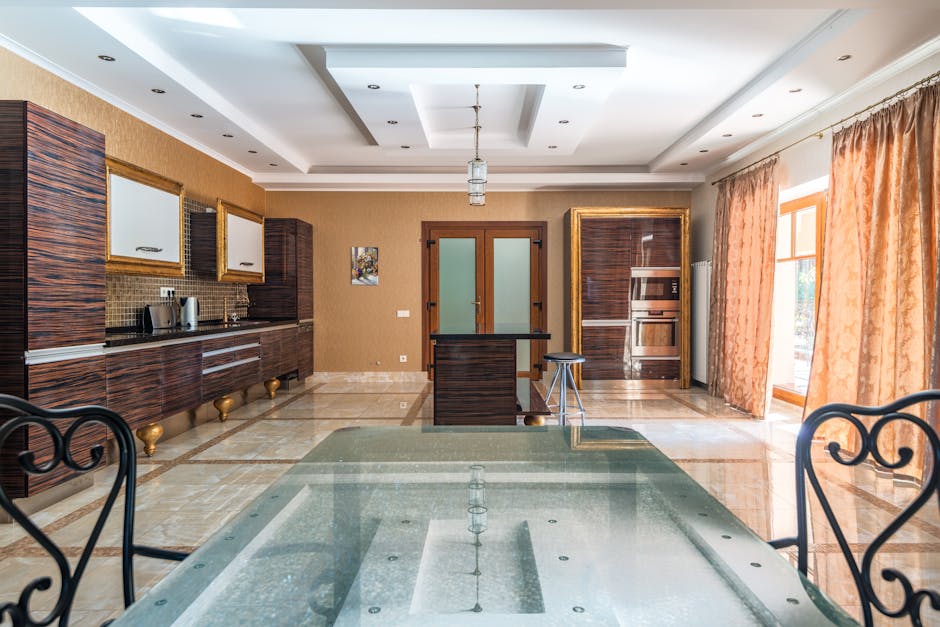Luxury doesn’t always have to come with a hefty price tag. Designers are increasingly turning to LVP flooring as their secret weapon for creating stunning, high-end looks without breaking the bank. This stylish, durable, and surprisingly affordable flooring option offers a fantastic way to elevate your home and achieve the aesthetic you’ve always dreamed of, all while staying within a reasonable budget. LVP, or Luxury Vinyl Plank flooring, is revolutionizing interior design, making chic and sophisticated spaces accessible to everyone.
Understanding the Allure of LVP Flooring
Luxury Vinyl Plank flooring has rapidly gained popularity because it expertly mimics the look of natural materials like hardwood, stone, and tile. Unlike traditional vinyl, LVP boasts a multi-layered construction, providing superior durability and a more realistic appearance. The top layer is typically a photographic print that captures the intricate details of the material it replicates, followed by a protective wear layer that resists scratches, stains, and fading. Underneath, you’ll find a core layer that provides stability and often includes a waterproof or water-resistant element, making LVP ideal for bathrooms, kitchens, and basements. Finally, there’s an underlayment for added comfort and sound insulation. This robust construction ensures that LVP flooring can withstand the rigors of daily life, making it a practical and stylish choice for any home.
Advantages of Choosing LVP: Style, Durability, and Affordability
There are several key advantages that make LVP flooring a designer’s favorite. First and foremost is its stunning visual appeal. LVP comes in a vast array of styles, colors, and textures, allowing you to achieve the exact look you desire, from rustic farmhouse to sleek modern. Whether you want the warmth of oak, the elegance of marble, or the contemporary feel of concrete, there’s an LVP option that fits the bill. Secondly, LVP is incredibly durable. The protective wear layer shields the floor from scratches, dents, and stains, making it ideal for high-traffic areas and homes with children and pets. Unlike hardwood, LVP is also water-resistant or waterproof, meaning spills and moisture are less of a concern. Finally, LVP is significantly more affordable than natural materials like hardwood or stone. Not only is the material itself less expensive, but the installation costs are also typically lower, as LVP is easier to cut and install. This combination of style, durability, and affordability makes LVP an unbeatable choice for homeowners looking to upgrade their space without breaking the bank.
Real-World Applications and Benefits of LVP Flooring
LVP flooring can be used effectively in nearly every room of the house. Here are a few examples:
- Kitchens: Its water resistance makes it ideal for kitchens where spills are common.
- Bathrooms: LVP withstands moisture and humidity better than many other flooring options.
- Living Rooms: Achieve a cozy, inviting atmosphere with wood-look LVP.
- Bedrooms: LVP offers a comfortable and stylish alternative to carpet, especially for allergy sufferers.
- Basements: Waterproof options can withstand moisture issues common in basements.
Beyond its versatility, LVP also offers significant benefits in terms of maintenance. It’s easy to clean with a simple sweep or mop, requiring no special treatments or waxes. This makes it a low-maintenance flooring option that’s perfect for busy households.

Challenges and Limitations of LVP Flooring
While LVP flooring offers numerous advantages, it’s essential to acknowledge its potential limitations. While LVP is water-resistant or waterproof, it’s not impervious to all moisture. Excessive flooding or prolonged exposure to standing water can still damage the flooring. Proper subfloor preparation is crucial for LVP installation. An uneven or improperly prepared subfloor can lead to issues like buckling or gapping over time. While LVP mimics natural materials, it may not have the exact feel or texture of hardwood or stone. Some individuals may perceive a slight difference in the underfoot feel compared to natural materials.
Recommendations and Future Outlook for LVP
If you’re considering LVP flooring, carefully research different brands and styles to find the best option for your needs and budget. Pay close attention to the wear layer thickness, as this will impact the flooring’s durability. Consider hiring a professional installer to ensure proper subfloor preparation and installation, maximizing the lifespan of your LVP floor. The future of LVP flooring looks bright. As technology advances, we can expect to see even more realistic and durable LVP options hitting the market. Innovations in printing and texturing techniques will further enhance the visual appeal of LVP, making it even harder to distinguish from natural materials. Furthermore, advancements in core materials and wear layers will continue to improve its resistance to scratches, stains, and water damage. Luxury Vinyl Plank flooring represents a smart and stylish choice for homeowners seeking an affordable way to elevate their home’s aesthetic. Its durability and ease of maintenance, coupled with its vast array of design options, make it a truly versatile flooring solution. By carefully considering your needs and selecting a high-quality LVP product, you can achieve the look of luxury without breaking the bank.
